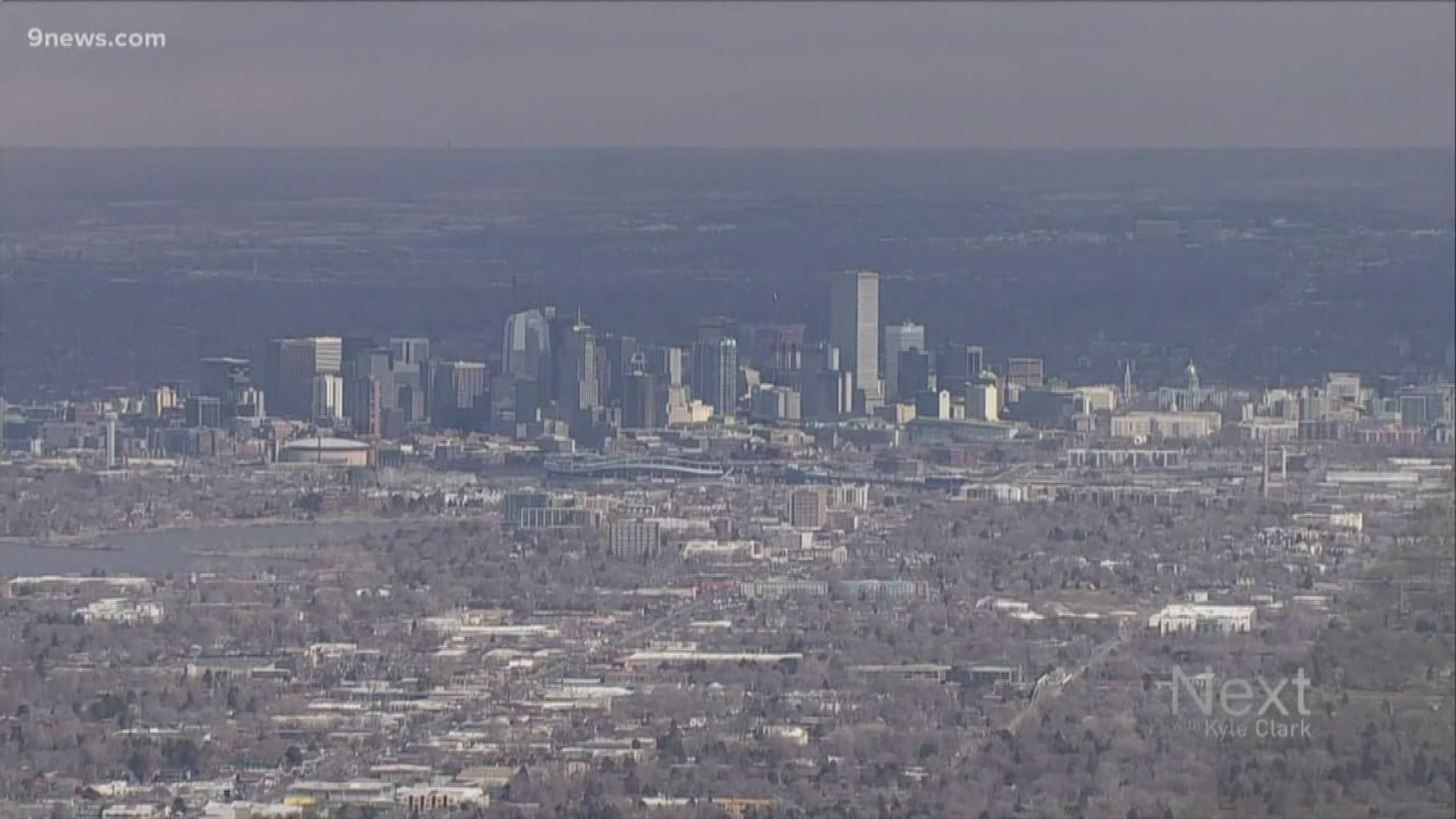DENVER — A significant decrease in manufacturing and transportation in the U.S. due to constraints from the COVID-19 pandemic has also decreased air pollution, according to the Colorado Department of Public Health and Environment (CDPHE)
CDPHE said this effect has not only been seen in the U.S., but also internationally. Their data showed a decrease in both measured ground concentrations and in column satellite data.
In Denver, CDPHE examined data from air monitoring sites that showed a definite drop, in most cases, in average pollutant concentrations between March 2019 and March 1-25, 2020.
Garry Kaufman, director of CDPHE's Air Pollution Control Division, said the initial analysis of air quality data showed some recent trends in air quality in the Front Range.
"We’ll need more long-term data to draw any firm conclusions about the effects of the response," said Kaufman. "And any conclusions will be greatly overshadowed by the fact that many Coloradans are and will suffer from this disease — physically, emotionally and economically — and some will die."
Kaufman said the division looked at measures of various air pollutants at five different air monitoring sites in the Denver area. When comparing data from March 2019 to March 1-25, 2020, he said the data showed significant declines in levels of nitric oxide, nitrogen dioxide, carbon monoxide, sulfur dioxide and particulate matter.
He added that because ozone season does not typically start until June, it is too early to assess the effects of the current public health situation on ozone.
The data shows, for example, PM2.5 concentrations are down between 36-49% and PM10 concentrations are down 29 to 41% in the north Denver area, depending on the monitor.
RELATED: Colorado coronavirus latest April 1: JeffCo has new arrest standards to slow COVID-19 spread
In addition, Kaufman said satellite sensing of nitrogen dioxide levels in Los Angeles, New York, China and the United Kingdom also show decreases.
"Satellite measurements of air pollution aren’t perfect, as they don’t provide ground-level concentrations to which people are exposed," said Kaufman. "But, they are useful for looking at total levels of air pollution in the atmosphere and trends over time."
Kaufman added that attempting to predict or formally model the long-term air quality impacts of this crisis is difficult, premature, and not a current priority. He said limiting the spread of the virus and ensuring that the health care system is equipped to care for all Coloradans is CDPHE's top priority.
"We have never faced a pandemic like this, and that means there is tremendous uncertainty in trying to predict second- or third-order outcomes from the crisis," Kaufman said.
CDPHE's air quality division has a network of air monitors throughout the state, including in the Front Range. The department said it will continue to operate and maintain the monitors and they will continue to share the data.
"Because the disease is respiratory, air quality is more important now than ever," said Kaufman. "It’s why we’ve provided guidance to avoid open burns and continue our enforcement of clean air regulations. We’ll keep monitoring data to inform our policy making during this difficult time."
SUGGESTED VIDEOS: Science is Cool

